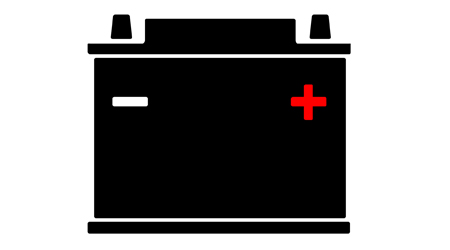
This is the first part of a two-part article about proper battery upkeep.
Battery-powered cleaning equipment continues to become more popular thanks to advances in technology. Batteries are lighter, smaller and last longer than ever before, which allows for greater flexibility and productivity.
As more end users purchase battery-operated machines, distributors need to offer more guidance on maintenance issues. After all, “if batteries aren’t properly maintained, the only question is when they’ll die and need to be replaced,” says Bill McGarvey, director of training and sustainability for Philip Rosenau Co., Inc., in Westminster, Pennsylvania.
Serving as educator can get overlooked in the rush to close more sales, says Adam Uselman, COO of Bruco Inc. in Billings, Montana.
“We’re as guilty as anybody,” he says.
Taking time to ask questions about turnover rates and training protocols, however, can make all the difference in battery life and customer satisfaction.
“I’ve seen people get seven years out of batteries if they maintain them very well,” says Uselman. “But if you don’t take care of them right, you may have to replace them in two years.”
Help your customers maximize their battery investment by sharing these 10 smart maintenance tips with them.
1. Check water levels often
The oldest and most popular type of battery for janitorial floor machines is lead-acid, or flooded, which has cells powered by electrolyte (sulfuric acid and water) and positive and negative plates.
When the battery is used, the electrolyte boils and slowly evaporates. If new water isn’t regularly added, the plates can be exposed to air and cause sulfation (an accumulation of hardened sulfate), which reduces the battery’s lifespan.
“It’s so critical to consistently check water levels,” says Mike Anderson, an equipment specialist with WAXIE at the Ontario, California, branch.
Check each cell to make sure the electrolyte covers the plates. If it does, fully charge the battery before topping it off. If not, add enough water to cover the plates before charging, and then top it off.
2. Set a schedule
How often a janitor should check water levels in a flooded battery depends on how often the janitor is using the machine. Maintenance experts don’t always agree on a standard schedule, but they say even rarely used batteries should be checked at least twice a month. Machines with heavy use should have their batteries checked at least weekly and preferably every few days.
The key to success is making battery maintenance a routine activity, part of the janitor’s regular checklist.
“Time it to something else the janitor is already used to doing, like changing out metered air fresheners,” says Eric Cadell, vice president of operations for Dutch Hollow Janitorial Supply in Belleville, Illinois. “You want something to automatically trigger that reminder for them to check the batteries.”
3. Use distilled water
When it comes to batteries, all water isn’t created equal. Tap and bottled water include ions that harm a lead-acid battery. It’s important to only fill batteries with distilled water, which is free of minerals that can clog battery cells.
“If you don’t have distilled water, you can pick it up at the local [grocery or retail] store,” says McGarvey. “I used to say tap water is better than no water, but I stopped because people hear what they want to hear and you really should use only distilled water.”
Although using regular water won’t immediately kill a battery, it will slowly sulfate the battery and diminish run times over the course of six or more months. Worst of all, that type of damage cannot be repaired.
4. Keep them clean
If a battery is overfilled, the electrolyte solution can spill out and cover the battery terminals with acid and result in corrosion. Keeping the water level about an inch below the top of the battery prevents this problem, but when it occurs it’s important to clean the exterior of the battery.
Tighten vent caps before cleaning and make sure the cables and connections are tight so nothing can get inside the battery. Using a solution of one cup baking soda to one gallon water, clean the terminals and cable lugs with a wire brush. Rinse with water and dry.
Keys To Better Battery Maintenance

 The Down and Dirty on Cleaning in Virus Season
The Down and Dirty on Cleaning in Virus Season How Surfactant Use is Expanding in Commercial Cleaning
How Surfactant Use is Expanding in Commercial Cleaning